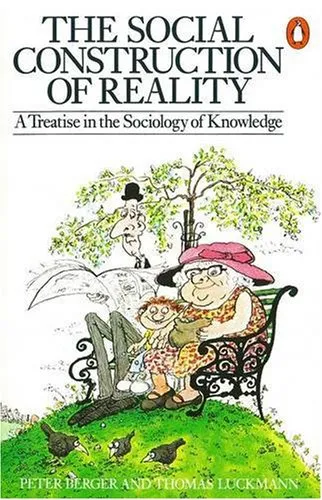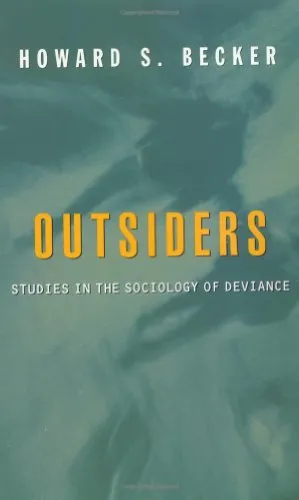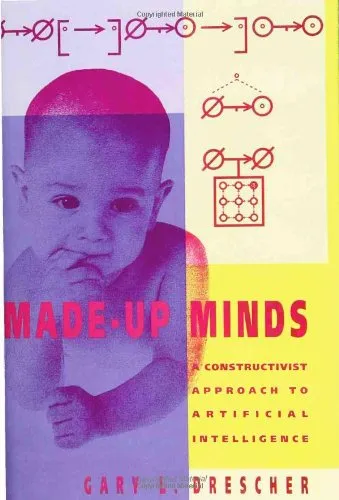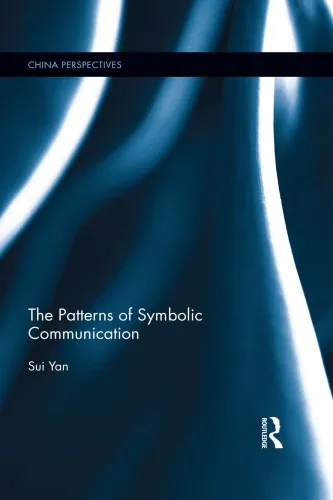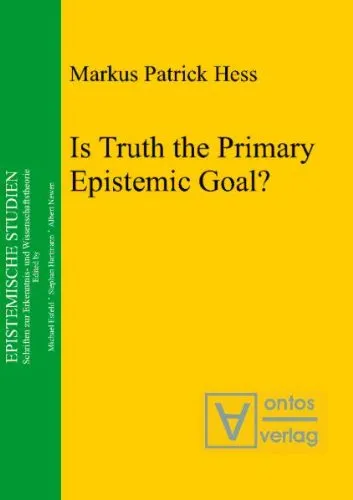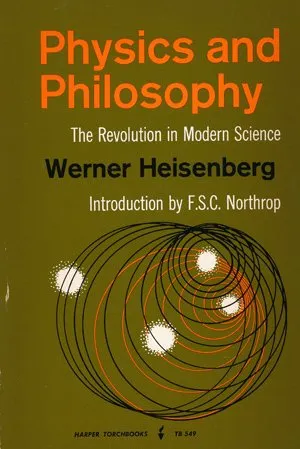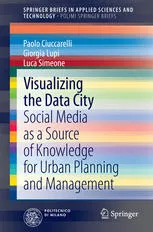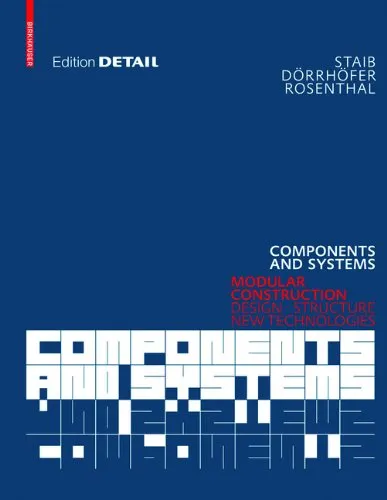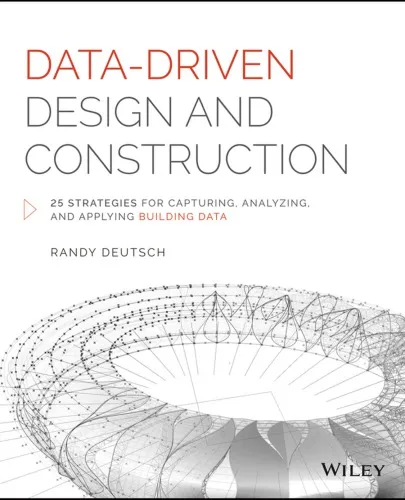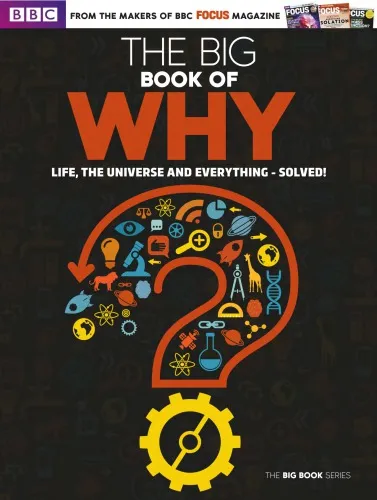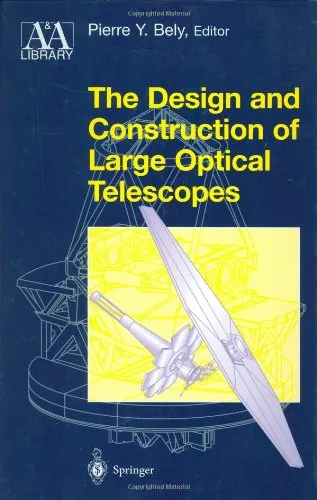The Social Construction of Reality: A Treatise in the Sociology of Knowledge (Penguin Social Sciences)
4.5
بر اساس نظر کاربران

شما میتونید سوالاتتون در باره کتاب رو از هوش مصنوعیش بعد از ورود بپرسید
هر دانلود یا پرسش از هوش مصنوعی 2 امتیاز لازم دارد، برای بدست آوردن امتیاز رایگان، به صفحه ی راهنمای امتیازات سر بزنید و یک سری کار ارزشمند انجام بدینکتاب های مرتبط:
معرفی کتاب
کتاب "The Social Construction of Reality: A Treatise in the Sociology of Knowledge" اثر پیتر ال. برگر و توماس لاکمن یکی از آثار مهم در رشته جامعهشناسی دانش است که تأثیری عمیق بر فهم ما از چگونگی شکلگیری واقعیت اجتماعی و ساختار دانش گذاشته است. این کتاب نخستین بار در سال ۱۹۶۶ منتشر شد و به بررسی نحوه تعامل انسانها با واقعیت و چگونگی شکلگیری دانش از طریق فرآیندهای اجتماعی میپردازد.
خلاصهای دقیق از کتاب
در این کتاب، نویسندگان به بررسی چگونگی تشکیل واقعیت اجتماعی از طریق تعاملات انسانی پرداخته و نشان میدهند که واقعیت اجتماعی مفهومی ساختهشده است که توسط افراد جامعه در تعاملات روزمره آنها و از طریق زبان و تجربیات مشترک شکل گرفته است. برگر و لاکمن توضیح میدهند که دانش انسانی نه تنها محصول فرایندهای علمی و تجربی بلکه نتیجه تعاملات اجتماعی و فرهنگی است که در طول زمان تحکیم یافتهاند. آنها مفهوم "institutionalization" را معرفی میکنند که به فرآیندهایی اشاره دارد که طی آن هنجارها و قواعد اجتماعی تثبیت شده و به واقعیتهایی محکم و پذیرفته شده تبدیل میشوند.
نکات کلیدی
- واقعیت اجتماعی یک ساختار ساخته شده است که از طریق فرآیندهای اجتماعی مانند زبان و تعاملات روزمره شکل میگیرد.
- دانش اجتماعی یک فرایند پویا است که با استفاده از ابزارهای فرهنگی و تاریخی ثابت میشود.
- "Institutionalization" فرآیندی است که واقعیتهای اجتماعی را به مسائل طبیعی و بدیهی تبدیل میکند.
نقل قولهای معروف از کتاب
"واقعیت اجتماعی بر اساس تعاملات مداوم انسانی ساخته میشود و به همین ترتیب تغییر و تحول مییابد."
"دانش اجتماعی بیشتر از آنکه محصول تجربیات شخصی باشد، نتیجه ارتباطات اجتماعی و فرهنگی است."
چرا این کتاب مهم است
این کتاب به عنوان یکی از مهمترین آثار در زمینه جامعهشناسی دانش، پژوهشهای مهمی پیرامون مفهوم واقعیت اجتماعی ارائه میدهد و به جامعهشناسان، فلاسفه و مطالعات فرهنگی کمک میکند که نحوه شکلگیری و تغییر واقعیت را درک کنند. همچنین نشان میدهد که واقعیت و دانش به عنوان مسائل ثابت و غیرقابل تغییر نیستند بلکه تحت تأثیر فرآیندهای اجتماعی و تعاملات انسانی قرار دارند.
Introduction to 'The Social Construction of Reality'
Authored by Peter L. Berger and Thomas Luckmann, 'The Social Construction of Reality: A Treatise in the Sociology of Knowledge' is a seminal work that explores the intricate processes by which human beings create meaning and construct reality through social interactions. Published in 1966, this groundbreaking text remains pivotal in the field of sociology and has influenced a broad spectrum of social sciences including sociology, sociology of knowledge, and philosophy.
The core premise of the book is that reality is not directly experienced but is constructed and maintained through language, culture, and societal structures. It challenges previously held notions of objective reality by arguing that what we perceive as reality is a construct stemming from social agreement and practices.
Detailed Summary of the Book
The book begins by grounding itself in the sociology of knowledge, a field that examines the relationship between human thought and the social context within which it arises. Berger and Luckmann propose that "knowledge" is a social construct, emphasizing that all understanding is contingent upon historical and cultural contexts.
In the first section, they delve into the processes of externalization, objectivation, and internalization. These processes describe how human beings project their subjective experiences into the world (externalization), these projections taking on a life of their own (objectivation), and then this objective reality getting re-absorbed into individuals' consciousness (internalization).
The book then explores the role of language as a critical tool in the construction of reality, explaining how it serves as both a system and a transmitter of knowledge, thus allowing subjective meanings to be shared and maintained across broader societal contexts.
Further chapters examine institutions as stabilizing elements within the social world, where habitualized actions of individuals solidify into predictable patterns that guide and constrain human behavior, demonstrating how micro-level processes influence macro-level structures.
Key Takeaways
- Reality is socially constructed through interactions, culture, and historical contexts, rather than being solely an objective entity.
- The processes of externalization, objectivation, and internalization are central to understanding the construction of reality.
- Language plays a critical role in shaping our understanding of reality, acting as a vehicle for knowledge transmission.
- Social institutions maintain and legitimize constructs of reality, influencing human behaviors and societal norms.
Famous Quotes from the Book
"The reality of everyday life is not only filled with order, it is ordered."
- Peter L. Berger & Thomas Luckmann
"Society is a human product. Society is an objective reality. Man is a social product."
- Peter L. Berger & Thomas Luckmann
Why This Book Matters
'The Social Construction of Reality' matters because it fundamentally alters our understanding of how reality is perceived and created. Unlike earlier theories that treated knowledge and reality as fixed entities, this book introduces the idea that our perceptions are molded by societal structures and cultural narratives. It encourages readers to question the taken-for-granted assumptions that govern their lives and invites a deeper investigation into the social forces that shape human experience.
This text is instrumental for scholars, students, and anyone interested in sociology, psychology, or the broader social sciences. Its insights are foundational for topics like identity formation, institutional analysis, and cultural studies, while its theoretical framework offers tools to analyze modern challenges related to social media, globalization, and cultural change.
دانلود رایگان مستقیم
شما میتونید سوالاتتون در باره کتاب رو از هوش مصنوعیش بعد از ورود بپرسید
دسترسی به کتابها از طریق پلتفرمهای قانونی و کتابخانههای عمومی نه تنها از حقوق نویسندگان و ناشران حمایت میکند، بلکه به پایداری فرهنگ کتابخوانی نیز کمک میرساند. پیش از دانلود، لحظهای به بررسی این گزینهها فکر کنید.
این کتاب رو در پلتفرم های دیگه ببینید
WorldCat به شما کمک میکنه تا کتاب ها رو در کتابخانه های سراسر دنیا پیدا کنید
امتیازها، نظرات تخصصی و صحبت ها درباره کتاب را در Goodreads ببینید
کتابهای کمیاب یا دست دوم را در AbeBooks پیدا کنید و بخرید
1392
بازدید4.5
امتیاز0
نظر98%
رضایتنظرات:
4.5
بر اساس 0 نظر کاربران
Questions & Answers
Ask questions about this book or help others by answering
No questions yet. Be the first to ask!
